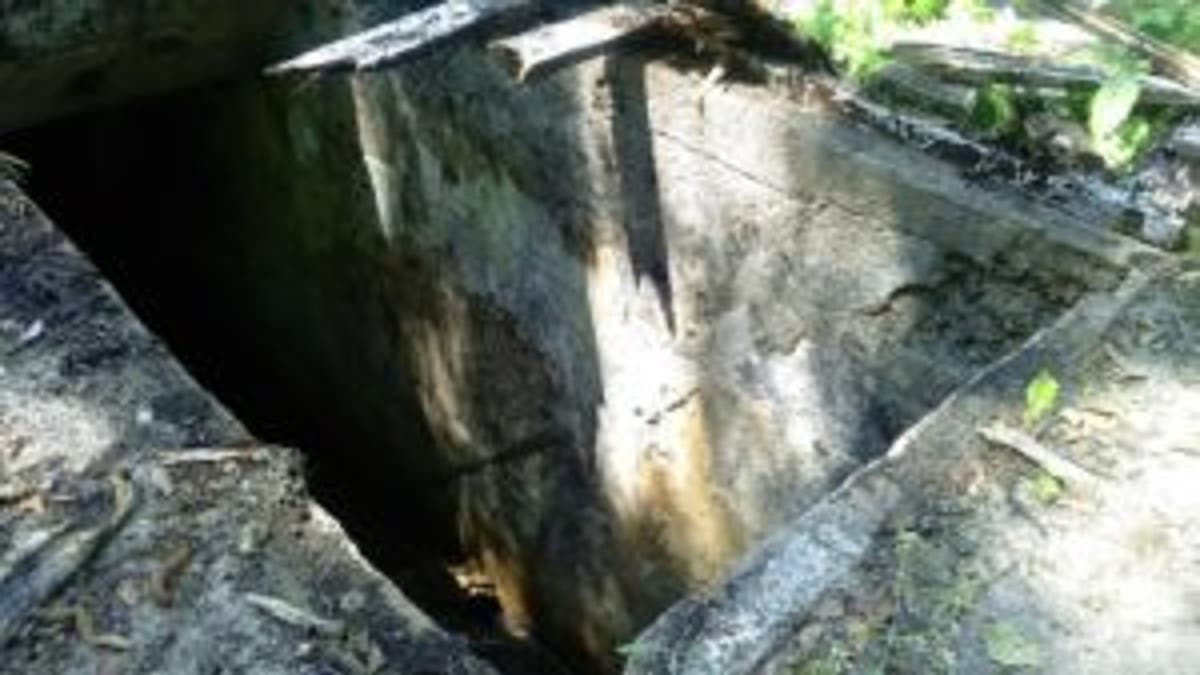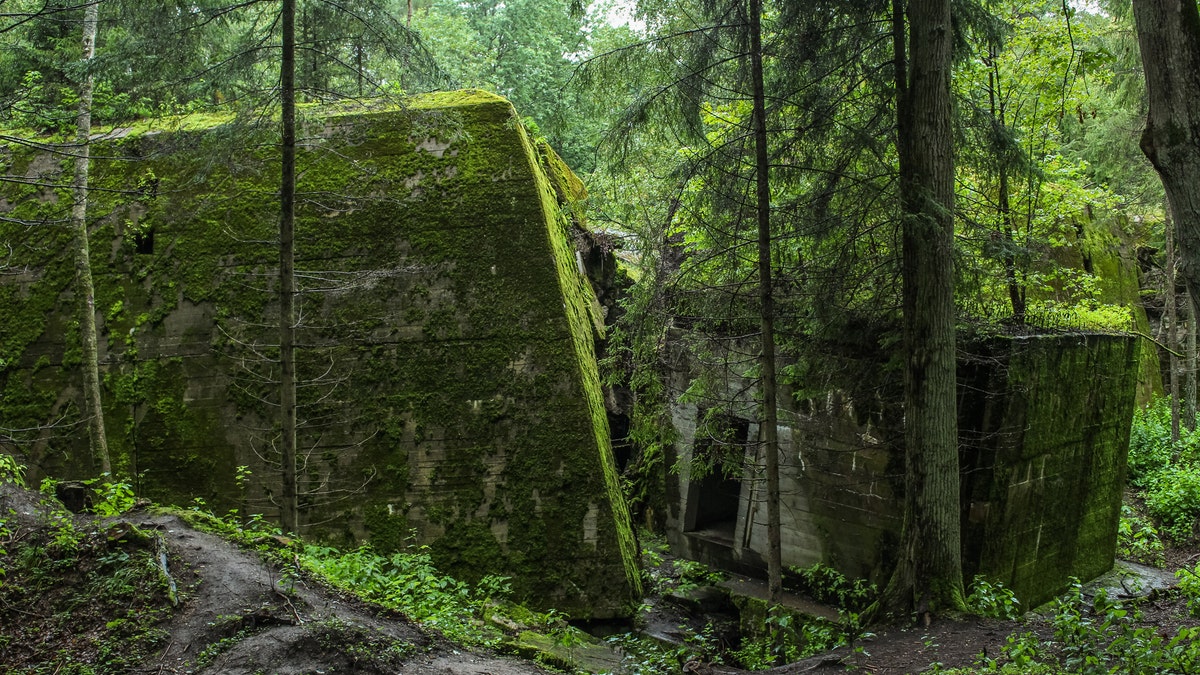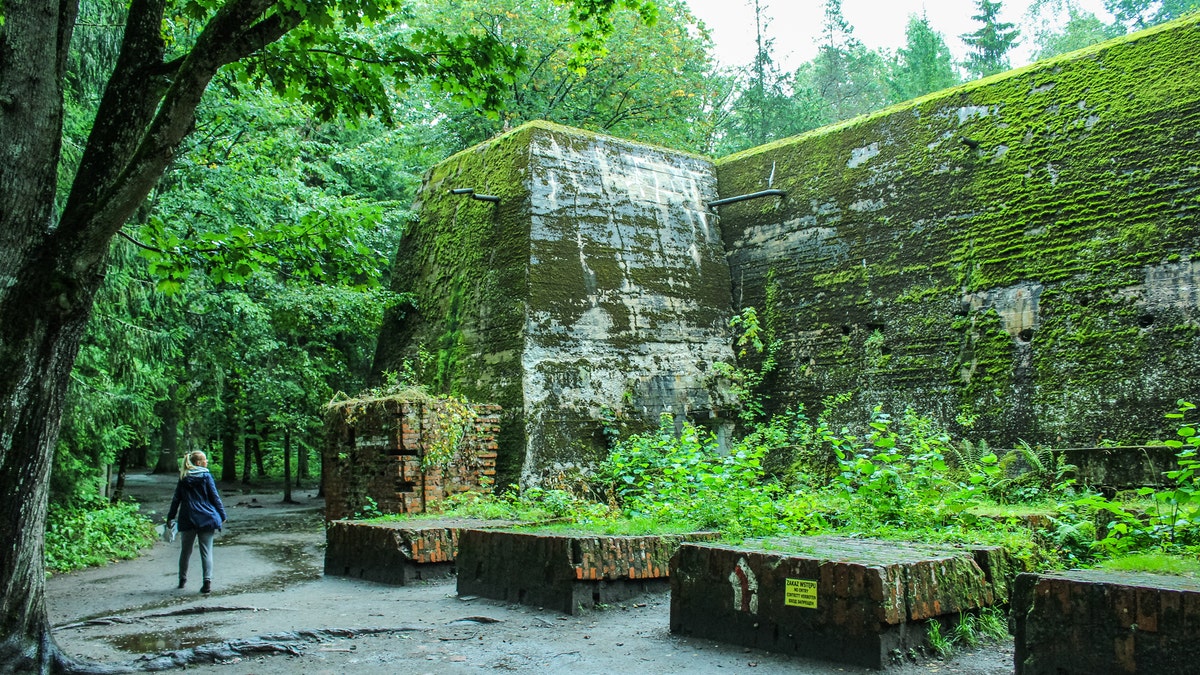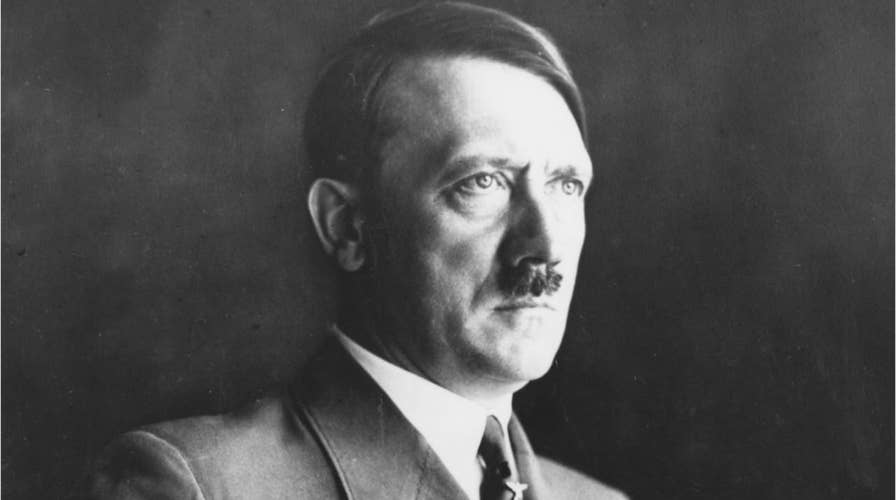New research shows Hitler’s grandfather was Jewish
Published in the Journal of European Studies, the study, authored by family physician and psychologist Dr. Leonard Sax, provides proof of the Jewish link to Adolph Hitler.
A garden that once provided Adolf Hitler with fresh vegetables has been discovered at his infamous Wolf’s Lair headquarters.
Hitler spent much of his time in the final years of the war at the Wolf’s Lair, which is located in what is now Poland. The top-secret, heavily guarded bunker complex was used by the Nazis until January 1945, when it was abandoned and partly destroyed ahead of advancing Soviet forces.
The garden was found on the grounds of Mazurolandia, a nearby theme park museum, and excavations took place during the summer.
“We discovered Hitler's Garden in the 4th Zone of the Wolf's Lair,” said Mazurolandia, in a translated statement, adding that experts from the Mazurian Military Museum were brought in to investigate the site.
HITLER'S SECRET NAZI WAR MACHINE REVEALED IN HIDDEN BASES
The First News reports that the garden was found 2,953 feet from Hitler’s bunker. An excavation uncovered the foundations of the gardener’s house, two greenhouses and an underground boiler room that provided water and warm air to grow fresh produce all year round. Wartime ceramics, porcelain and glassware were also found.

Hitler's vegetable garden also contains an underground boiler room used to produce water and warm air for fresh produce. (Mazurlandia)
A vegetarian, teetotaler and non-smoker, Hitler enjoyed plenty of green produce at the Wolf’s Lair. Paranoid about being poisoned, the Nazi leader also ensured that a number of food tasters worked at the Wolf’s Lair to sample his meals.
"The food was delicious, only the best vegetables, asparagus, bell peppers, everything you can imagine. And always with a side of rice or pasta," Margot Woelk, one of the food tasters, told the Associated Press in 2013.
HUNDREDS OF CHILLING ITEMS DISCOVERED AT NAZI MASSACRE SITES
Woelk, then in her mid-twenties, spent 2 1/2 years as one of 15 young women who sampled Hitler's food at the Wolf’s Lair.

The Wolf's Lair ruins - file photo. (Photo by Michal Fludra/NurPhoto via Getty Images)
The Wolf’s Lair was also the scene of an unsuccessful attempt to assassinate the evil German leader on July 20, 1944, when trusted colonel Claus von Stauffenberg detonated a bomb in a conference room at the headquarters. Hitler survived, but nearly 5,000 people were executed following the assassination attempt, including von Stauffenberg.
In 2017, a painted red telephone that belonged to Hitler and was used at the Wolf's Lair — sold at an auction for $243,000. The phone was described by Alexander Historical Auctions in Chesapeake City, Md. as “arguably the most destructive ‘weapon’ of all time."
HITLER'S RED PHONE, A POWERFUL WARTIME 'WEAPON,' SELLS FOR $243,000
The phone was “used in vehicles, trains, his field headquarters, at the Wolf's Lair...and in the last desperate days deep beneath Berlin,” according to the auction house.

People walking at the Wolf's Lair remains are seen on 2 September 2017 in Gierloz , Poland - file photo. (Photo by Michal Fludra/NurPhoto via Getty Images)
Experts are also looking to unlock the sinister secrets of hidden Nazi bases dotted across Europe. Other sites include the vast base of Dag Bromberg, which, like the Wolf's Lair, is hidden in a Polish forest, and the V-2 rocket base Kraftwerk Nord West in France.
HITLER'S SECRET HISTORY REVEALED: STUDY SUGGESTS NAZI LEADER'S GRANDFATHER WAS JEWISH
A number of Nazi sites from World War II have been unearthed in recent years. In 2016, scientists at the Russian Arctic National Park discovered the remains of a secret Nazi base on the remote island of Alexandra Land in the Franz Josef Land archipelago.
CLICK HERE TO GET THE FOX NEWS APP
Earlier this year, local government officials announced the discovery of hundreds of chilling items at Nazi massacre sites in northwestern Germany.
The Associated Press contributed to this article.
Follow James Rogers on Twitter @jamesjrogers
